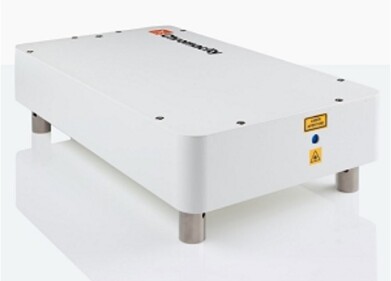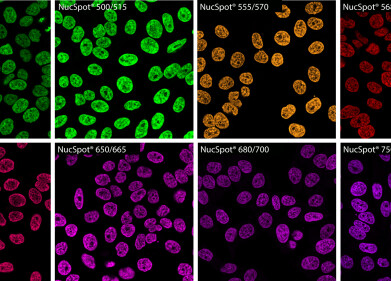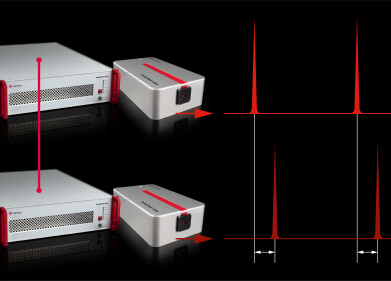Microscopy & Microtechniques
Which Factors Affect the Velocity of Your Sneeze?
Dec 31 2020
Sneezing is one of the fastest ways to spread a virus, with the action launching microdroplets into the air where they can then contaminate people and surfaces. New research from the University of Central Florida (UCF) reveals just how dangerous sneezing can be, with a team of scientists identifying a suite of features that can make an individual a “super-spreader”.
Using computer-generated models and working from the Department of Mechanical and Aerospace Engineering, the team simulated sneeze actions in a variety of different people. They focused specifically on physiological features and how they can affect how far microdroplets can travel and how long they remain suspended in the air.
Understanding sneeze mechanics
Assistant UCF professor and co-author of the study Michael Kinzel says a deeper understanding of how far droplets can travel will help to control the spread of viruses, including COVID-19. “This is the first study that aims to understand the underlying 'why' of how far sneezes travel," says Kinzel. "We show that the human body has influencers, such as a complex duct system associated with the nasal flow that actually disrupts the jet from your mouth and prevents it from dispersing droplets far distances."
The difference between blocked and unblocked noses was significant, with Kinzel explaining how congestion can restrict the path of travel for microdroplets and increase velocity. A full set of teeth can also form a barrier that creates a “stronger and more turbulent” stream of microdroplets. Specifically, droplets can travel up to 60% further when expelled by a person with a congested nose and a full set of teeth.
"They actually appear to drive transmission. So, if you see someone without teeth, you can actually expect a weaker jet from the sneeze from them,” adds Kinzel.
The role of saliva viscosity
The findings were published in the journal Physics of Fluids, with the team also exploring variations in saliva viscosity. People with thin saliva form smaller droplets which remain airborne for longer than droplets formed from medium or thick saliva. With sneezing cited as one of the key transmission paths of COVID-19, any insight into the mechanics of microdroplets could have significant implications for infection control.
"The results show exposure levels are highly dependent on the fluid dynamics that can vary depending on several human features," says co-author Kareem Ahmed. "Such features may be underlying factors driving superspreading events in the COVID-19 pandemic. This research potentially will provide information for more accurate safety measures and solutions to reduce pathogen transmission, giving better conditions to deal with the usual diseases or with pandemics in the future," he adds.
Find out more about the latest life sciences advances in ‘Micropatterning: The art of micro-controlling cells’ featuring insight from authors Marie-Charlotte Manus, Dr Louise Bonnemay and Matthieu Opitz on behalf of Alvéole.
Digital Edition
Lab Asia 31.6 Dec 2024
December 2024
Chromatography Articles - Sustainable chromatography: Embracing software for greener methods Mass Spectrometry & Spectroscopy Articles - Solving industry challenges for phosphorus containi...
View all digital editions
Events
Jan 22 2025 Tokyo, Japan
Jan 22 2025 Birmingham, UK
Jan 25 2025 San Diego, CA, USA
Jan 27 2025 Dubai, UAE
Jan 29 2025 Tokyo, Japan



















